Hey team, the pulse survey isn’t working
“Are you aware???” “It’s me again !” “It’s better than ice cream…” “You won’t believe this.”
Every Friday, Dr. Edwards sends us another email with a clickbait subject line, trying to tempt us with Chipotle gift cards to fill out his Pulse Survey. The alleged purpose of these five-question surveys is to collect student opinions, but are our voices really heard by these questionnaires?
I appreciate Dr. Edwards’s attempt at hearing our voices, but I don’t feel as if our suggestions are addressed, nor is the survey an accurate representation of our population. I just don’t understand how rating our week on a scale of 1-5 will fix any of our problems. It’s just too vague. Sometimes our responses are sent to staff at the school to reflect on, but I feel as if the questions are too broad to address from a teacher perspective.
I think that if the questions were more concise, we might see some significant changes. For example, I often ask for there to be paper towels put in the bathroom. I don’t think that the teachers at the school can do anything with that information. However, if questions are asked about what improvements can be physically done at the school (repairs, school maintenance, cafeteria, etc.) real changes can be made. Students’ suggestions could be heard.
In terms of bigger change in school, I don’t think the Pulse Survey is a sufficient device to capture the real problems in our school. I bet that often students report bigger issues in the district, such as policy issues, that aren’t fixable by an email. If students were to be encouraged to take their issues to school board meetings rather than a survey that’s supposed to be for “vibe checking” the student body, the Pulse Survey could find a more direct use. It’s just too vague. Really what I’m saying is that we more specific surveys than just the Pulse Survey.
“I think the pulse survey is a good way to keep track of everyone’s feelings as a whole & provide valuable feedback from students and can help our school identify areas for improvement…” Freshman Larsa Giyo said. “But, the responses from the survey might not reflect the experiences of all students and might not accurately capture everyone’s perspective.”
The Pulse Survey is not representative of our entire school. The responses to the form are just from the population that checks their emails, and the even smaller population that cares to open the survey. Chipotle gift cards are the most frequent prizes for completing the survey, so I assume most of the participants are Chipotle fans.
“I appreciate what the pulse survey is trying to achieve, but it feels like it doesn’t represent the average student,” Junior Gio Bautista said. “If he really wanted to know how the average student felt in terms of support and mental health, then [the survey] doesn’t really represent that. You wouldn’t expect the struggling student to be eager to check their email for the week’s pulse survey.”
I talked to AP Statistics teacher Georgia Taxakis about how the Pulse Survey can be improved by the use of a random sample.
“In most situations, it is impossible to survey an entire population, that’s why we take a sample. The goal when taking a sample is to find opinions that are representative of the population. The best way to do so is to take a random sample,” Taxakis said. “Poor sampling techniques, that don’t use randomization, can lead to bias. This means that the actual answer that the data collector is looking for is usually under or overestimated in a bias sample.”
Hernandez is an AP Statistics student. “I think [the non response bias] can be fixed by using a randomizer to choose a certain number of homerooms to survey and making all those students fill out that survey, and Dr. Edwards can still do the raffle out of all the students who were randomly chosen that week,” Hernandez said.
It seems like Dr. Edwards has been sending out results of the survey to the student body in the past week, which I think is helpful because it gives more clarity of what my peers have to say. I’ll be able to tell if change has been made. I’ve actually won two Chipotle gift cards through the Pulse Survey– it’s a good concept. I truly do admire Dr. Edwards’s effort to try to hear voices of students in a more accessible way. I just believe that there’s a more statistically correct way to do so with more direct questions that can foster real change in our school community.

Penelope is a senior, and this is her fourth year on North Star News. She's inspired by journalist icons like Carrie Bradshaw and Andie Anderson....


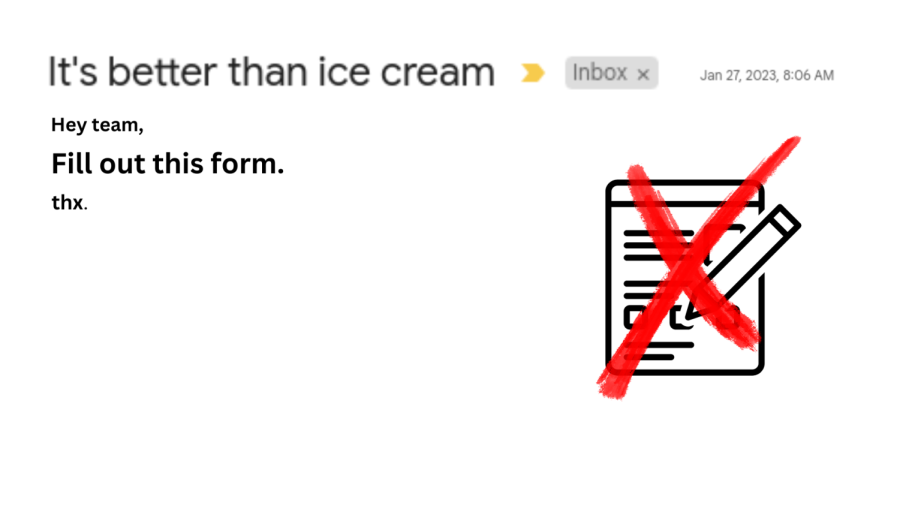

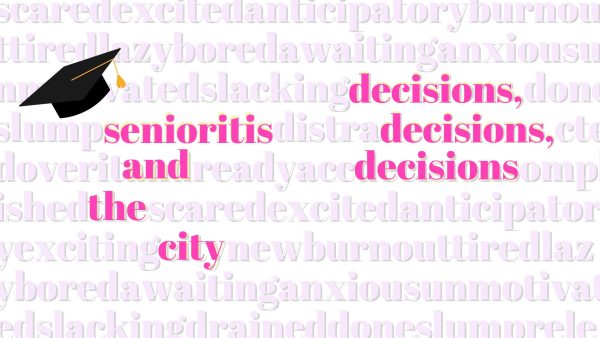
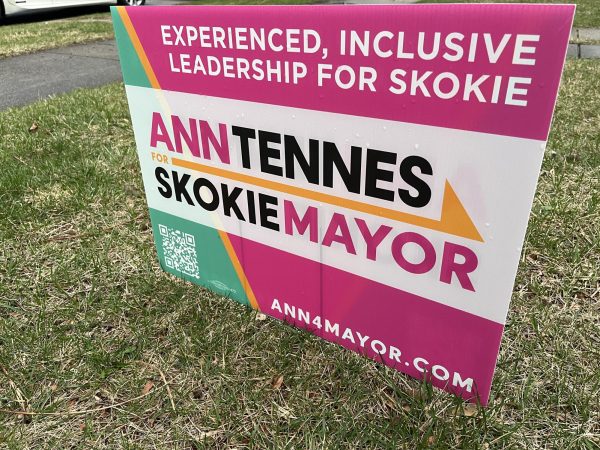


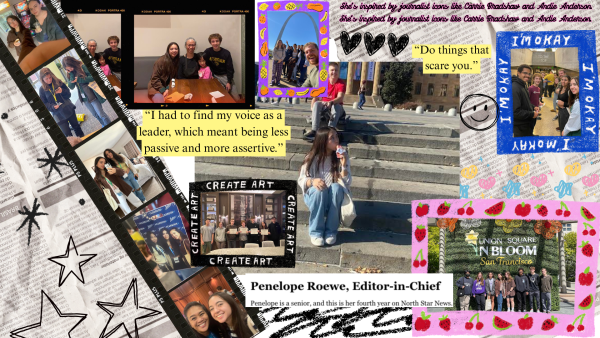
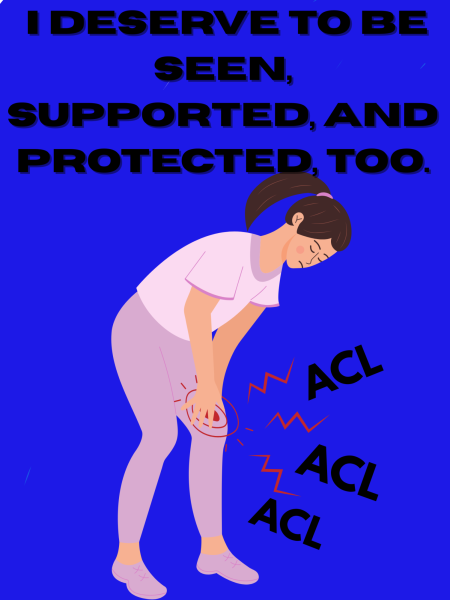
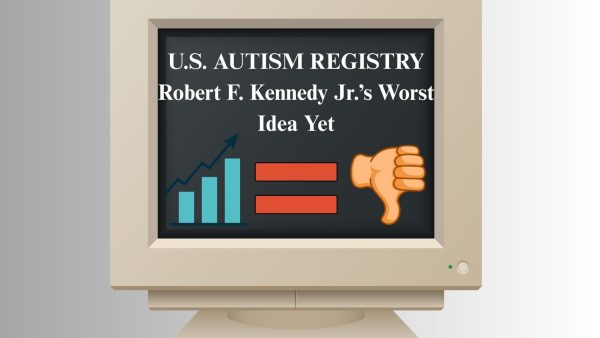


Greg Hernandez • Feb 2, 2023 at 9:20 pm
I really think Greg has some valid points.